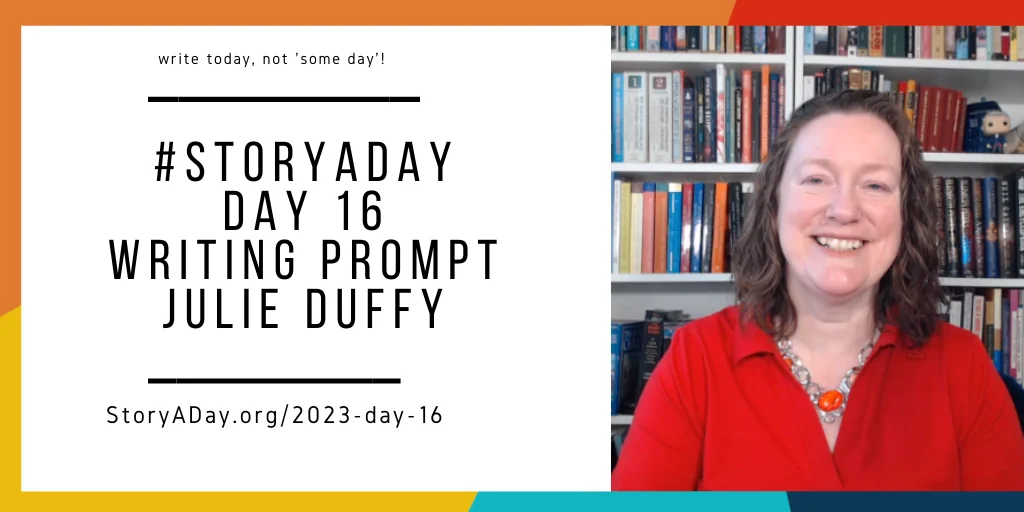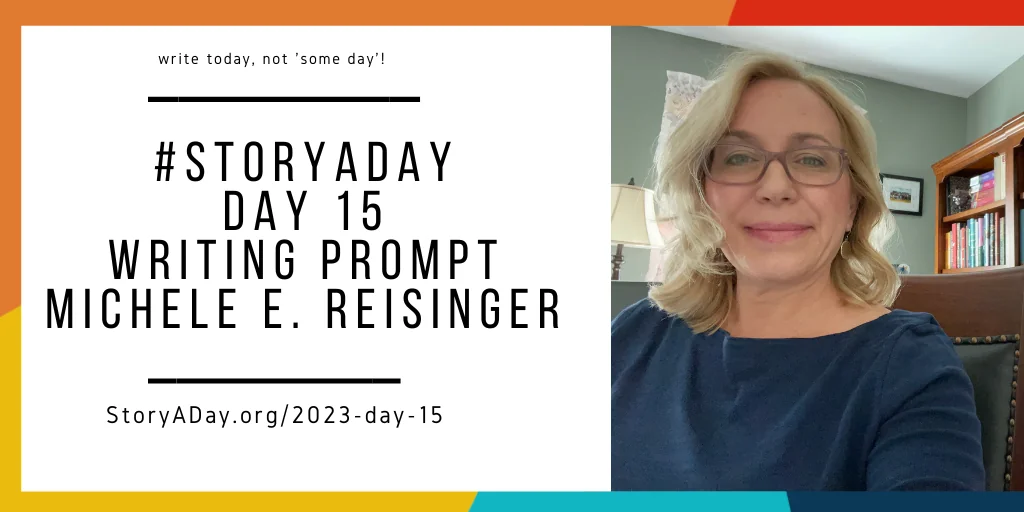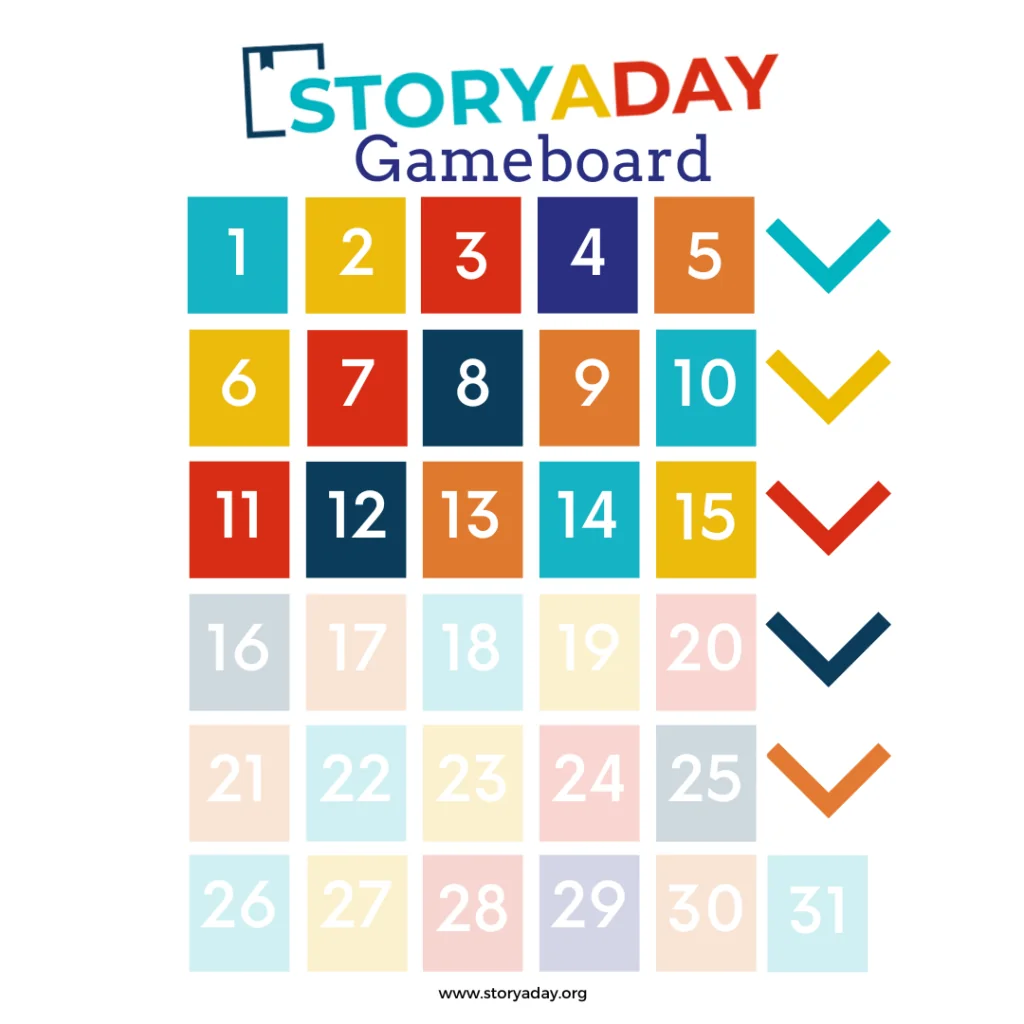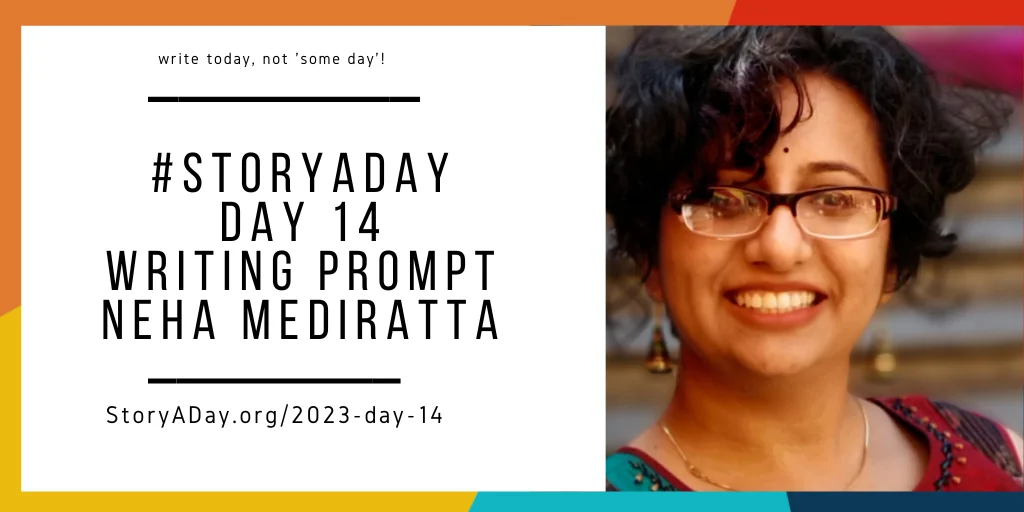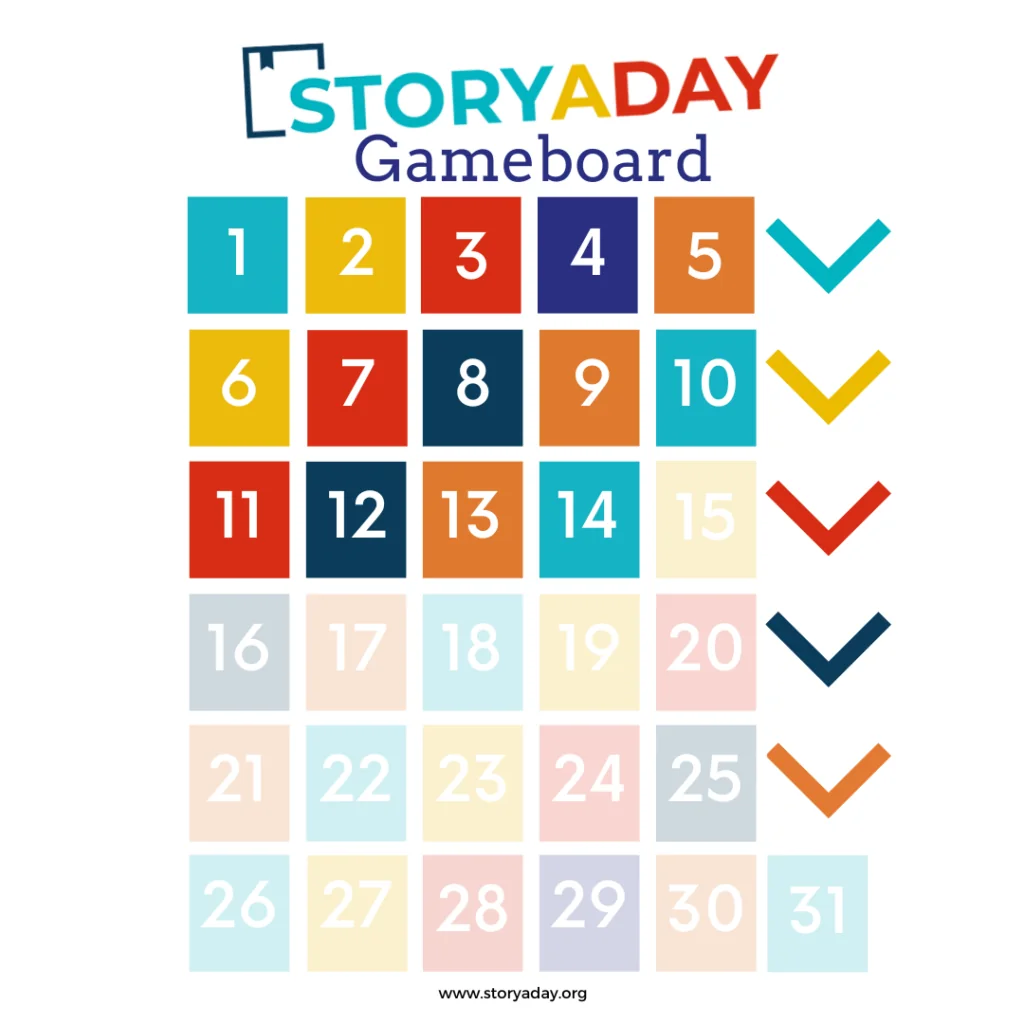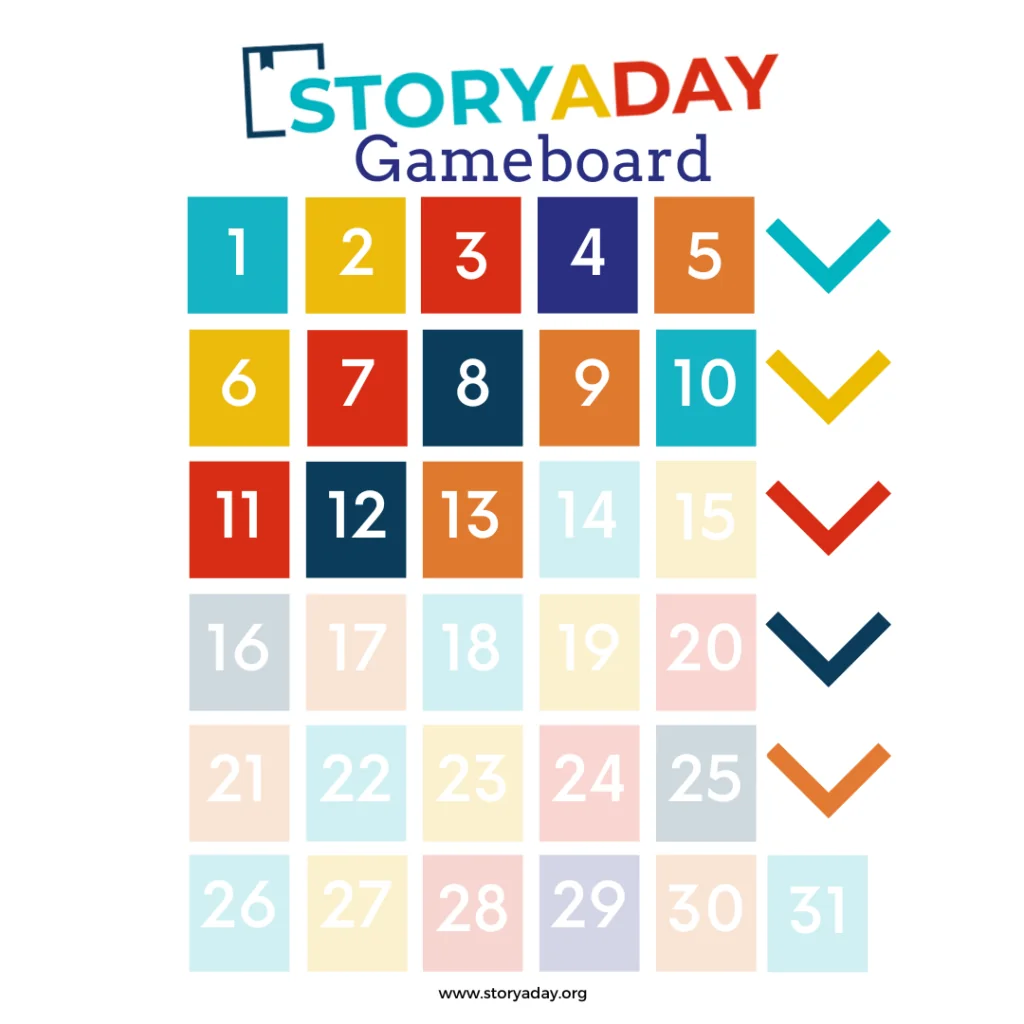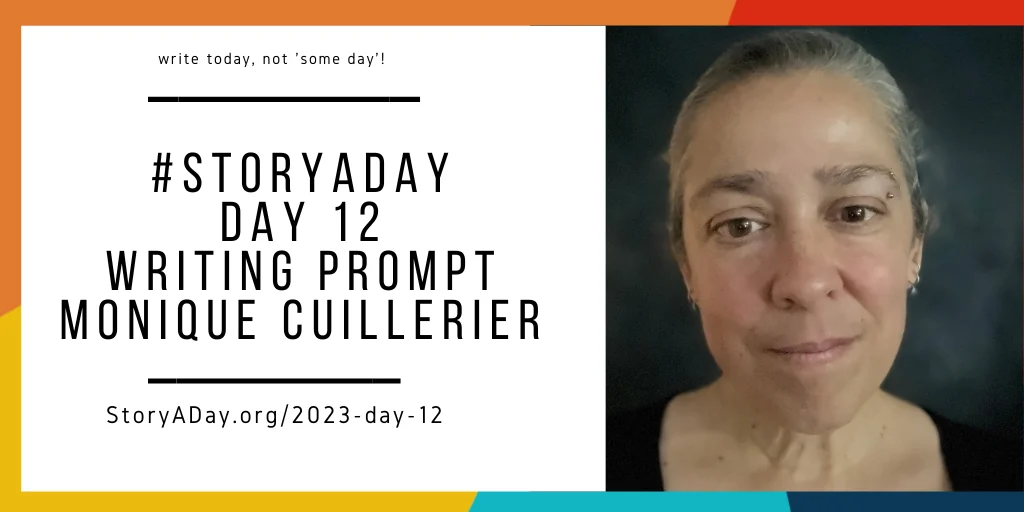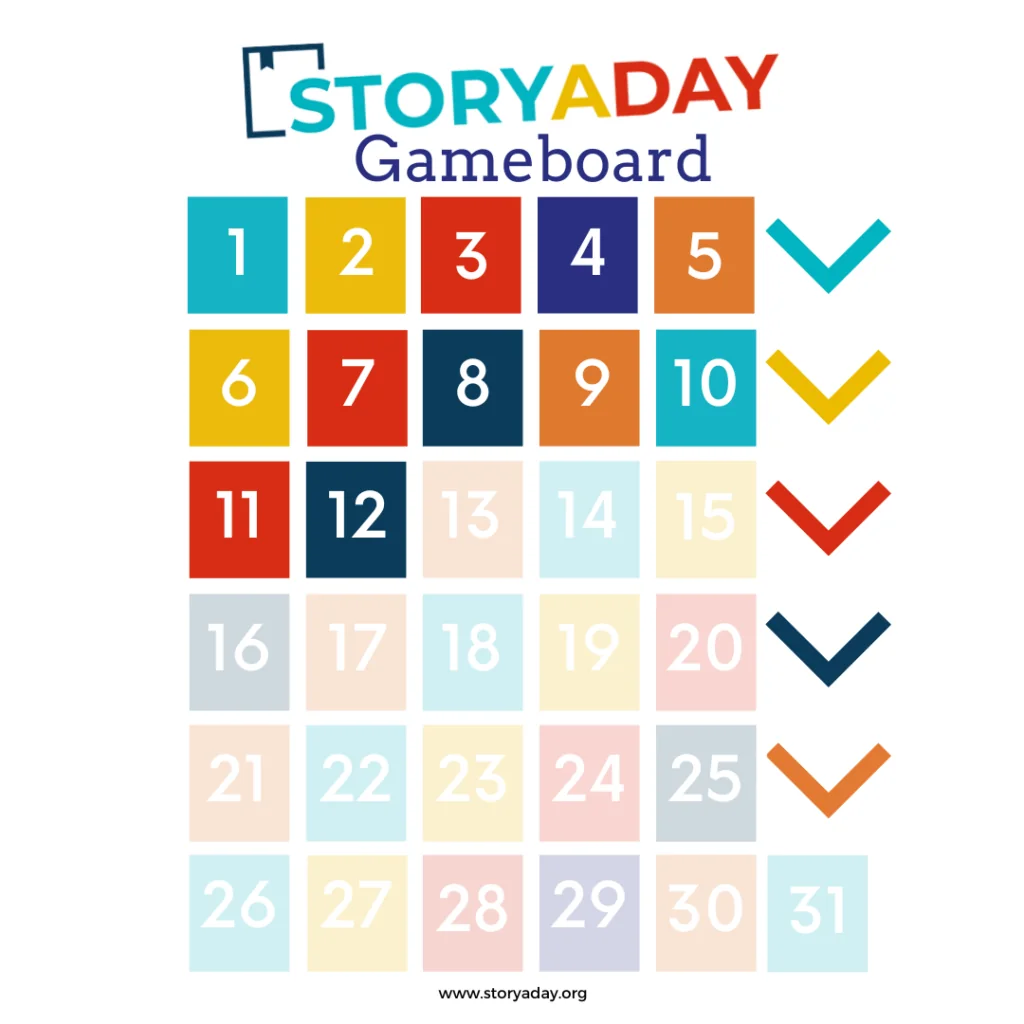The Prompt
Tell a story in 50 words
Imagine someone has taken away something your character cares about deeply, to the point where their focus on its absence feels obsessive.
Tell us that story in 50 words
Tips:
Think through everything that would matter to your character, then distill, reduce, concentrate all that you would like to communicate to the reader.
How little can you say and still have character, tension, change, imagery?
You could write about the moment when it’s just a threat to take the “something” away. How hard will they fight to keep it?
The “something” could be a physical object, a person, a right, or an anticipated reward…
Remember: the reader doesn’t have to understand it on first reading.
You should feel free to use your title to tell us a lot.
Julie Duffy
Julie Duffy is the founder and host of StoryADay, its challenges, community and podcast. For more prompts and deeper writing lessons weekly, throughout the year, subscribe to the StoryAWeek newsletter
Join the discussion: what will you do with today’s prompt OR how did it go? Need support? Post here!
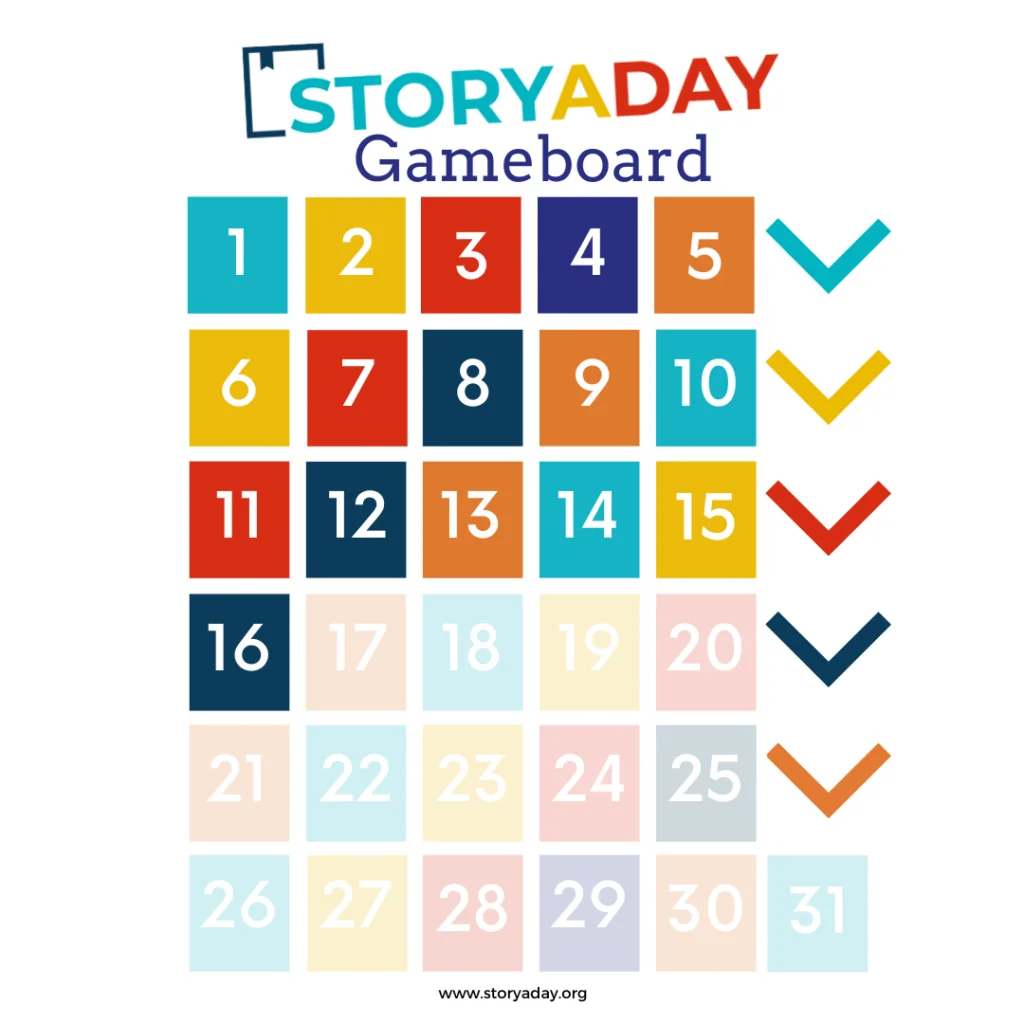
Here’s your next Game Piece. save the image and share on social media with #storyaday
Prefer paper crafts? Here’s the cut & paste version

